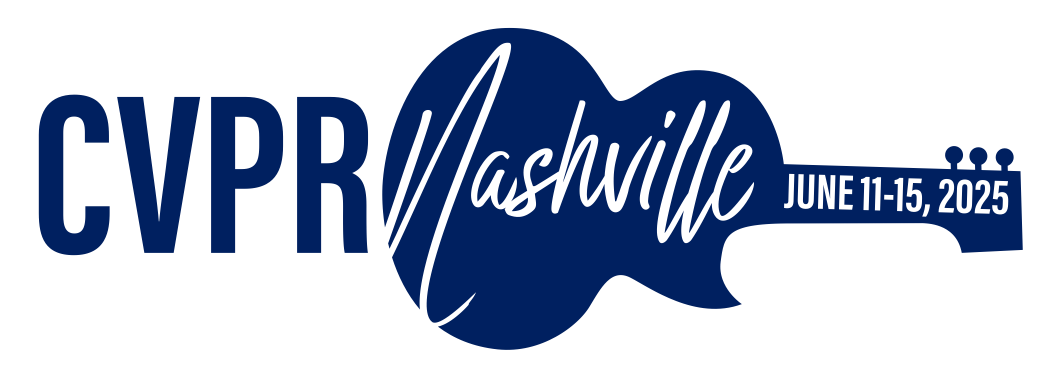-
[pdf]
[supp]
[bibtex]@InProceedings{Wang_2025_CVPR, author = {Wang, Zilin and Mo, Sangwoo and Yu, Stella X. and Behpour, Sima and Ren, Liu}, title = {Open Ad-hoc Categorization with Contextualized Feature Learning}, booktitle = {Proceedings of the IEEE/CVF Conference on Computer Vision and Pattern Recognition (CVPR)}, month = {June}, year = {2025}, pages = {15108-15117} }
Open Ad-hoc Categorization with Contextualized Feature Learning
Abstract
Adaptive categorization of visual scenes is essential for AI agents to handle changing tasks. Unlike fixed common categories for plants or animals, ad-hoc categories, such as things to sell at a garage sale, are created dynamically to achieve specific tasks. We study open ad-hoc categorization, where the goal is to infer novel concepts and categorize images based on a given context, a small set of labeled exemplars, and some unlabeled data. We have two key insights: 1) recognizing ad-hoc categories relies on the same perceptual processes as common categories; 2) novel concepts can be discovered semantically by expanding contextual cues or visually by clustering similar patterns. We propose OAK, a simple model that introduces a single learnable context token into CLIP, trained with CLIP's objective of aligning visual and textual features and GCD's objective of clustering similar images. On Stanford and Clevr-4 datasets, OAK consistently achieves the state-of-art in accuracy and concept discovery across multiple categorizations, including 87.4% novel accuracy on Stanford Mood, surpassing CLIP and GCD by over 50%. Moreover, OAK generates interpretable saliency maps, focusing on hands for Action, faces for Mood, and backgrounds for Location, promoting transparency and trust while enabling accurate and flexible categorization.
Related Material





